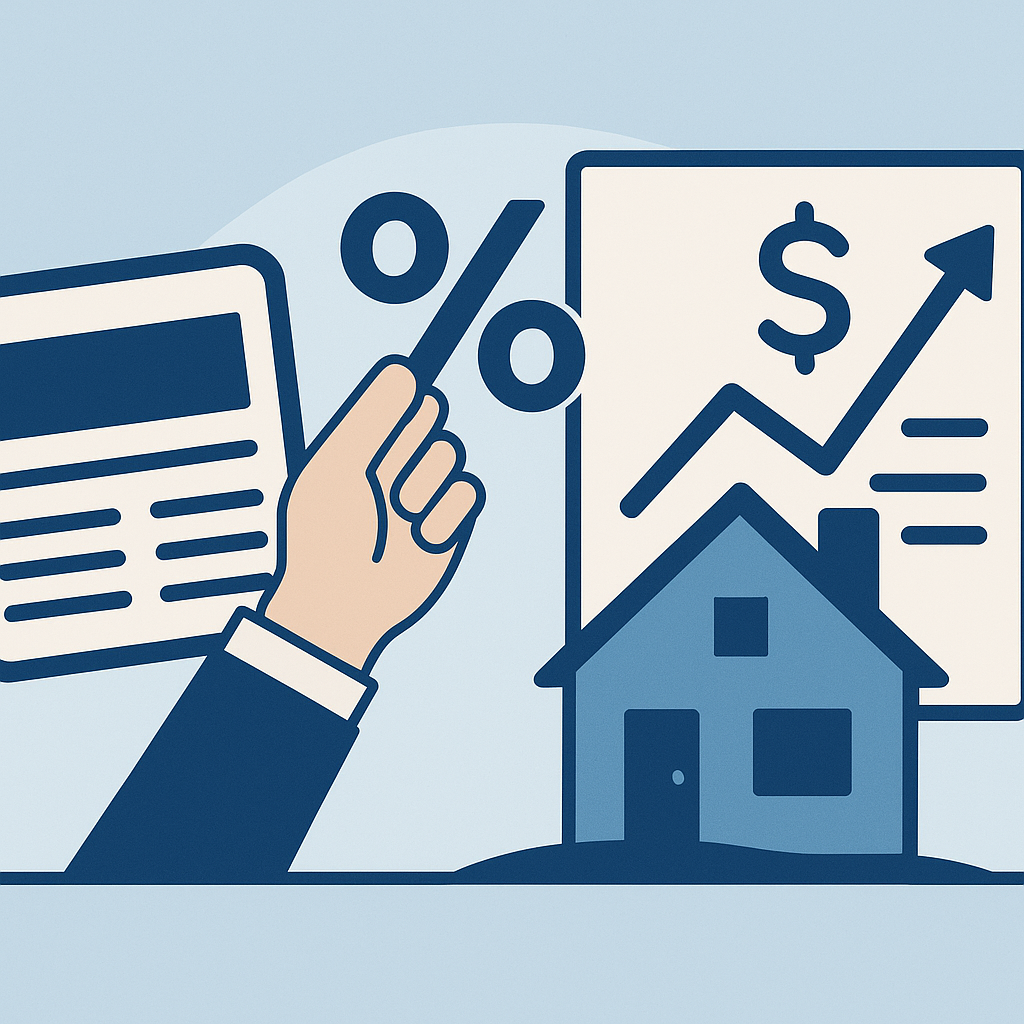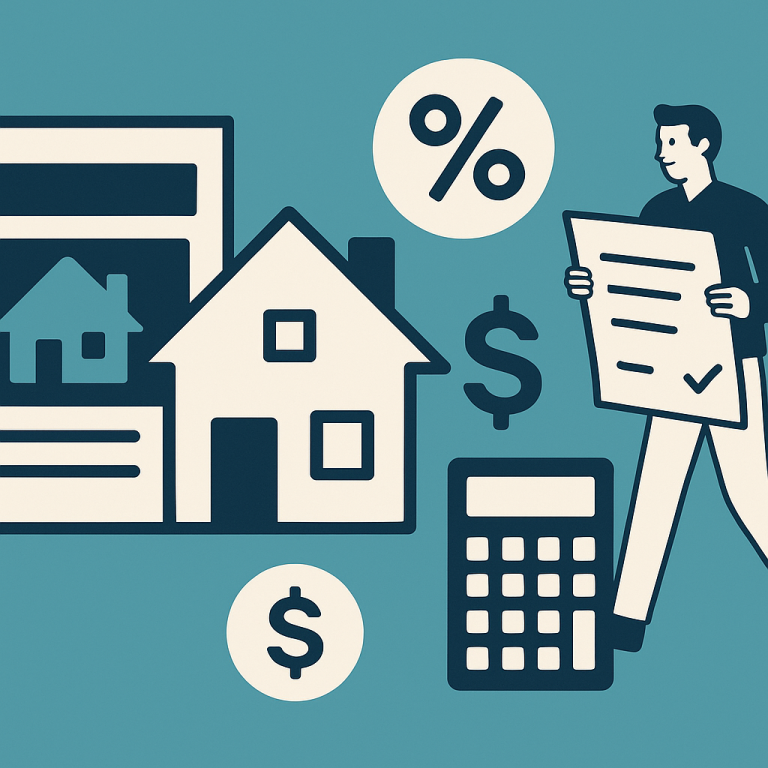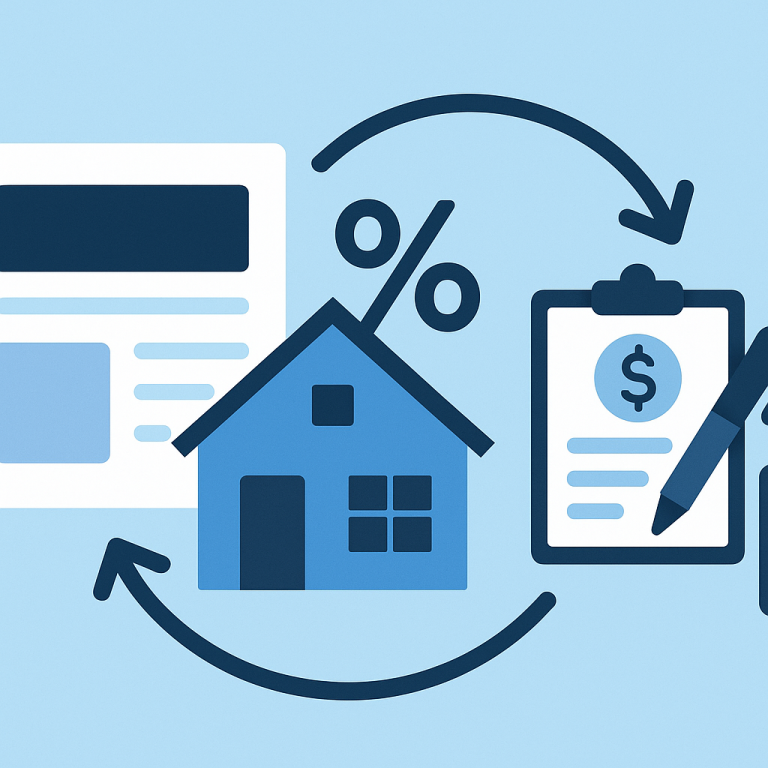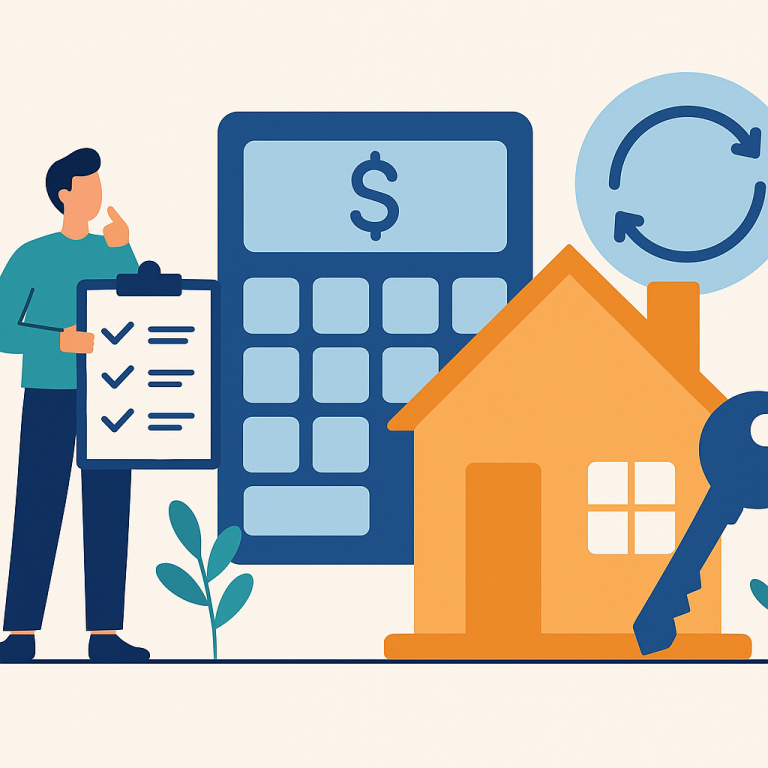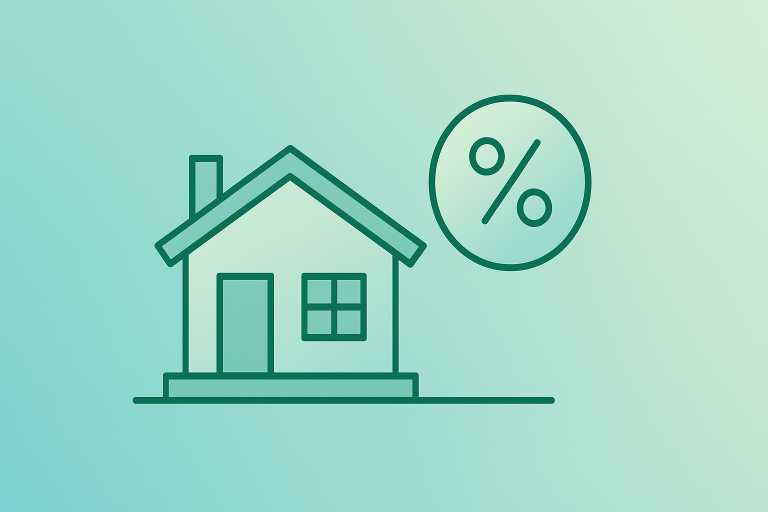Top Lenders Cut Refinance Fees, Typical Borrower Saves $800 on Closing Costs
Many Homeowners Reassess Refinance Strategy as Rates Shift
As mortgage markets adjust, an increasing number of homeowners are re-evaluating refinance options to reduce long-term interest costs or shorten loan terms. Rather than a rush to refinance purely for the lowest advertised rate, lenders and borrowers are focusing on the economics of individual transactions—closing costs, remaining loan term, equity position and the planned time remaining in the home.
Why the refinance calculus has changed
Refinancing still offers two broad benefits: lower monthly payments and faster payoff through a shorter-term loan. When interest rates move, the headline number gets the most attention, but the net benefit depends on how long a borrower will live in the property and the upfront costs to complete the refinance. Many homeowners who previously postponed refinancing now revisit the decision because modest rate movement can shift the break-even point in their favor.
Additionally, some borrowers are choosing to refinance into shorter-term fixed-rate mortgages to capture savings while paying down principal sooner. This trend reflects a broader desire among homeowners to reduce total interest expense rather than simply lower monthly payments, though it requires sufficient cash flow to absorb higher monthly obligations.
Key considerations for homeowners
- Break-even timeline: Compare total closing costs against monthly savings to estimate how long it will take to recover the refinance expense. If you plan to move before the break-even point, a refinance may not be worthwhile.
- Loan term and amortization: Recasting a 30-year balance into a new 30-year loan can extend the time it takes to build equity. Switching to a shorter term accelerates equity but often increases monthly payments.
- Equity and loan-to-value: Sufficient equity can secure better pricing and avoid private mortgage insurance. Low equity may limit options or raise costs.
- Closing costs and fees: Understand origination fees, appraisal charges, and other expenses. Some lenders offer no-closing-cost options that shift fees into a slightly higher rate, which affects long-term savings.
- Credit profile: Credit score and debt-to-income ratios materially influence rate offers and available programs. Improving these metrics before applying can produce better results.
- Cash-out needs: Refinancing to access home equity can make sense for debt consolidation or home improvements, but it increases loan balance and may change the break-even dynamics.
How to approach the decision
Homeowners should obtain multiple loan estimates and run scenario comparisons that include closing costs, the intended time in the home, and the remaining balance on the current mortgage. Use a break-even calculator to quantify the time horizon required to recoup costs, and request clear explanations of any lender credits or rate buydowns that affect upfront and long-term costs.
Timing is also important: rate quotes can change quickly, and locking a rate while the loan is processed can protect borrowers from short-term swings. However, locking too early may miss future rate improvement, which is why comparing multiple locks and float options is prudent for those with a narrow margin for savings.
Homeowner takeaways
- Run a break-even analysis before refinancing; consider how long you plan to remain in the home.
- Weigh lower monthly payments against total interest paid—shorter terms often save more overall.
- Shop several lenders and request full loan estimates to compare all fees and credits.
- Ensure your credit profile and documentation are organized to secure the most competitive offers.
Refinancing remains a useful tool for many homeowners, but the right choice depends on individual financial goals and timelines. Careful comparison and realistic projections will help determine whether a refinance delivers meaningful value.
META: refinance-strategy, homeowner-takeaways, break-even, loan-term, shopping-tips

